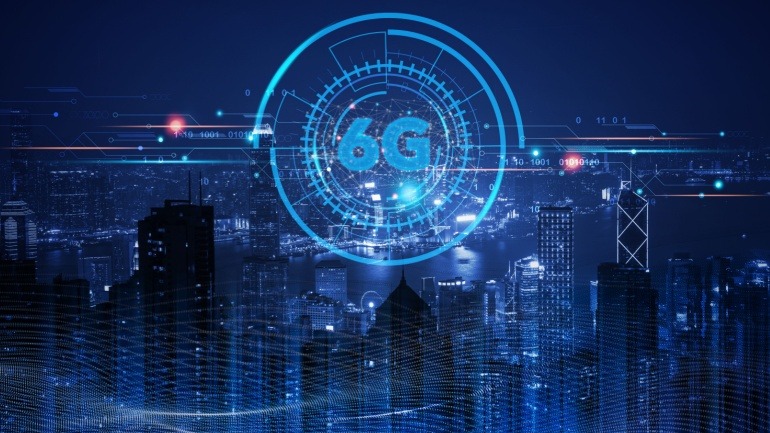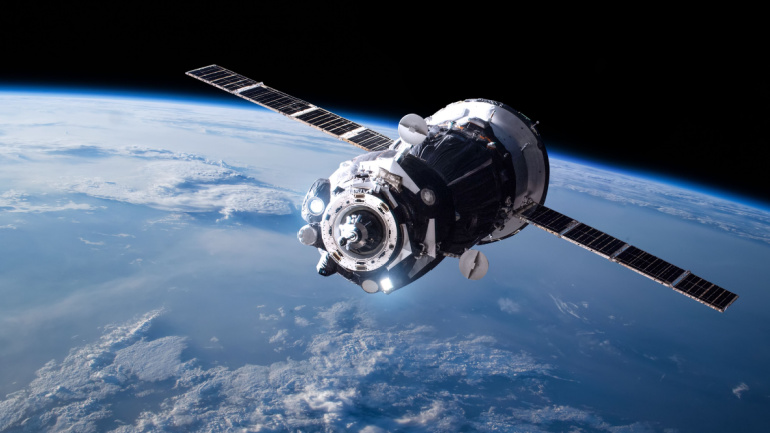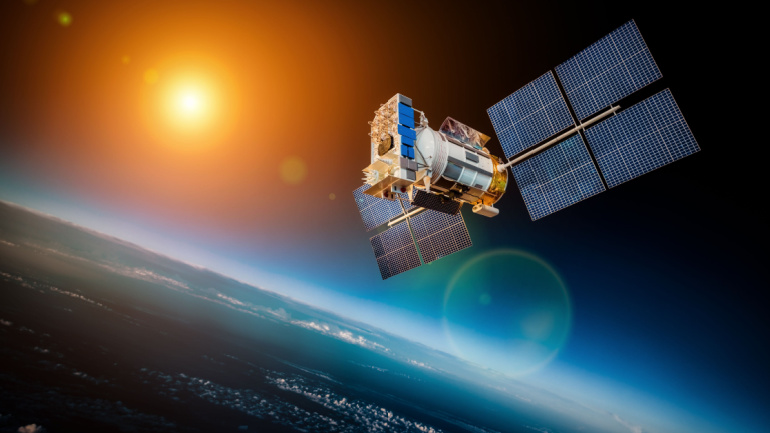NTT Docomo’s 6G Harmonized Intelligence Project envisions an AI-driven network revolutionizing telecommunications beyond 5G. By focusing on sustainability, efficiency, and enhanced user experience, this initiative aims to unlock new paradigms for AI and robots, ensuring seamless communication.
KT and its subsidiary KT SAT have revolutionized 5G connectivity through KOREASAT 6 integration with a 5G non-terrestrial network. This milestone utilizes the 5G NTN standard, expanding 5G services to remote areas. Their pioneering trials highlight NTN’s potential for 5G and future 6G innovations, overcoming geographical challenges.
Filtronic, a UK-based manufacturer of RF, microwave, and mmWave components, projects substantial growth in both revenue and earnings for its recently concluded financial year, driven by its involvement in the low-Earth orbit (LEO) satellite market and sales to Elon Musk’s SpaceX. The company forecasts an EBITDA of £4.8 million for the year ending May, marking a notable increase from the £1.3 million recorded in fiscal 2023.
Verizon has entered into a $100 million agreement with AST SpaceMobile to extend satellite coverage across the United States. This partnership aims to achieve 100% geographical coverage by utilizing the 850 MHz spectrum, particularly in areas lacking traditional terrestrial service.
SES has announced agreements with several regional satellite network operators to create the SES Open Orbits™ Inflight Connectivity (IFC) Network, promising seamless connectivity services to airlines globally. This innovative Ka-band platform will integrate SES’s geostationary earth orbit (GEO) and medium earth orbit (MEO) satellite networks with those of NEO Space Group (NSG) from Saudi Arabia, AeroSat Link (ASL) from China, and Hughes Communications India (HCI).
Luxembourg-based satellite operator SES has revealed plans to purchase rival Intelsat in a landmark deal worth €2.8 billion. The move, unanimously approved by the boards of both companies, is set to create a formidable multi-orbit operator poised for expanded global coverage and innovation.
Bridging the digital divide in vast and harsh terrains like the Scottish Highlands, VMO2 embarks on a novel approach, utilizing a constellation of Low Earth Orbit satellites from Starlink for critical backhaul services. Bypassing conventional, costly terrestrial infrastructure, VMO2’s tests have proven the potency of satellite technology in improving coverage across the UK.
In an ambitious move to enhance mobile connectivity across Japan, Rakuten Mobile has announced its plan to offer satellite-to-mobile services by 2026, partnering with AST SpaceMobile. This initiative aims to leverage AST SpaceMobile’s space-based cellular broadband network, enabling direct access to smartphones for text messaging, voice, and data services.
In a significant development for remote connectivity, Telstra, the Australian telecom giant, has initiated the transition of its remote mobile sites to the low Earth orbit (LEO) satellite network provided by Eutelsat OneWeb. This move marks a departure from the traditional geostationary (GEO) satellites, aimed at reducing latency issues and meeting the growing demand for real-time services among customers.
Singtel ramps up its maritime digital services by integrating the innovative satellite technology from Starlink. This breakthrough aims to inspire ship operators into adopting digital solutions such as AI, 5G, edge computing, and cloud-based technologies for improved operational efficiency and safety measures. Starlink, a first-of-its-kind low Earth orbit broadband service included in Singtel’s comprehensive iSHIP offerings, offers enhanced connectivity and reduced latency.













